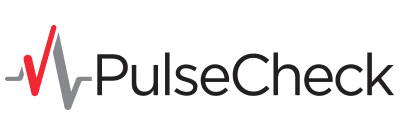I have been in the practice of Emergency Medicine for the past 39+ years, exclusively in the same busy urban Community Hospital. Like all of my colleagues of my generation, we had been documenting our patients’ ED visits on paper charts. About 7 years ago, our ED acquired an Emergency Department Information System. During the preparation for our Go Live of this EDIS, I was first introduced to electronic documentation. At first, it seemed formidable and somewhat awkward. However, once I had a few weeks of experience using the system, I found that the quality of the documents’ content and legibility were far superior to the hand-written charts I had produced up to that point.
There are many advantages and benefits to electronic charting. As mentioned above, legibility is a key advantage and a significant safety feature. No longer are hand-scribbled notes open to interpretation. Orders are clear, reassessment notes are easily added to the document, and the length of the note can be as long or as short as the provider wants to produce. No longer does one need to find a corner of a completely filled paper chart to try to wedge in a few words or reassessment or an extra order.
Another benefit of an electronic document relates to storage or transmission of the completed document for the Health Information dept. or for a referring physician or consultant. The document can be printed out if a patient requires a copy; it can be auto-faxed or emailed to the patient’s Primary Care Provider or to a consultant from whom you are requesting a consult for your patient.
A third advantage that I quickly came to appreciate is the ability to use voice dictation to produce the ED Chart documentation. With Medical Dictation software coming of age, there is little “training” needed for the software to understand your words and your voice and accurately transcribe your history, physical exam, lab and DI results, as well as your impression/diagnosis and disposition. Initially, I was concerned that it was taking me longer to dictate a note than it was to hand-write one. However, within a few short weeks, my efficiency with dictating an electronic record was as efficient, if not more so, than the hand-written alternative. In addition, I found that as I was recalling the patient encounter and hearing myself recount it as I was dictating, it reminded me to include other important factors that I might otherwise have omitted from the paper chart. My charts were now legible, more complete, and gratifyingly accurate.
A high-quality EDIS provides many options for electronic documentation. Besides dictation (my personal favourite), there is free-hand typing (for those who like to type and are proficient at it). There are macros that one can create, and there are templated notes that one can design for various diagnoses or chief complaints. These latter two options require some preparation in advance; they are not for everyone.
Electronic documentation provides quick, efficient, legible, accurate and versatile ED documentation no matter your preference. Once you have tried it for a few weeks, you will not have any desire to go back to charting on paper.

